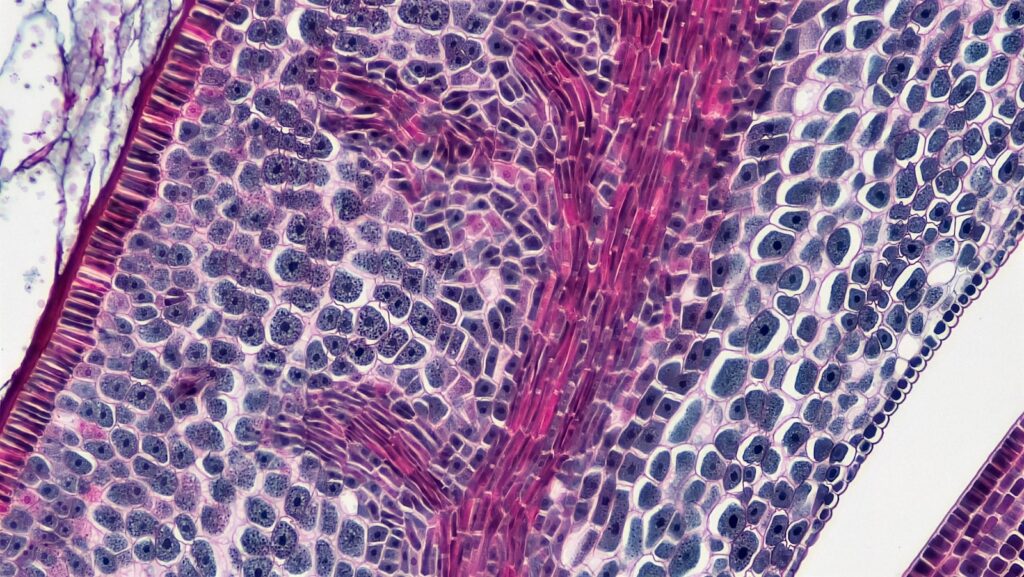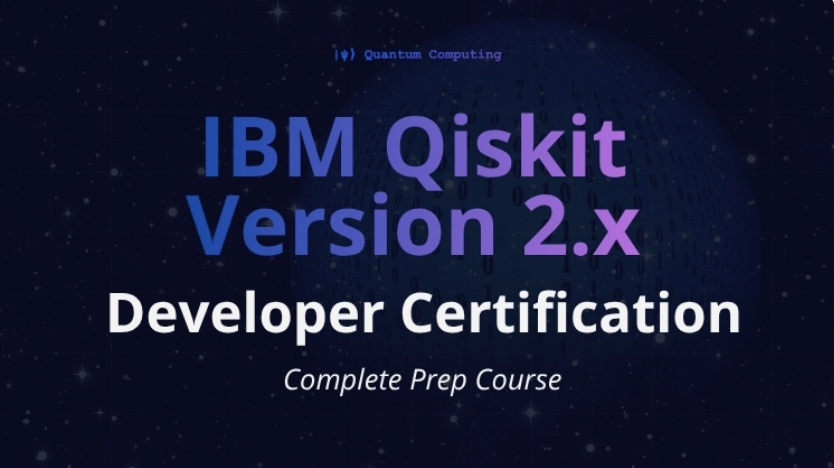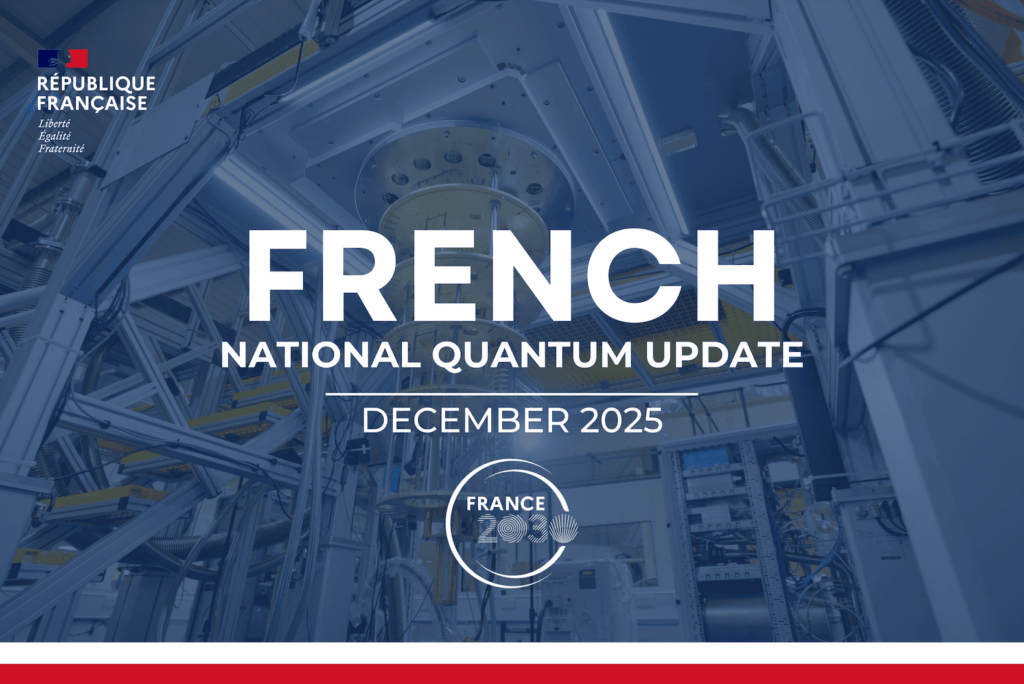The gold medal for the Toffoli Decomposition challenge in the Classiq Coding Competition went to Soshun Naito.
Many quantum operations include multi-controlled Toffoli (MCX) gates. Among the most notable are Grover Operator, logical AND operator, various state preparation algorithms, and arithmetic comparators. The Classiq Competition focused on the implementation of the MCX gate with a limited qubit count and circuit depth.
Naito was hooked on quantum computing from the first class in 2019, an introduction to the basics of quantum gates and algorithms. In 2020, scientific curiosity – and fun – led him to the IBM Quantum Challenge.
“At that time, I wrote quantum circuits for several primary functions and algorithms using Qiskit,” Naito said. “I also tried to optimize these circuits by removing some unnecessary gates and replacing heavy components with lighter ones. Through that experience, I found quantum circuit optimization interesting and fun.”

Naito has recently started to focus on quantum compilers. A compiler is needed because they map quantum programs to real devices, which can execute the programs physically, explained Naito, who is s second year master’s degree student in information and communication engineering at the University of Tokyo’s graduate school of Information Science and Technology.
“Due to the characteristics of NISQ devices, quantum compilers have to construct physical circuits using only local quantum gates while minimizing the total error,” said Naito. “This problem is one of the most interesting topics in quantum circuit optimization because it is very important to the accuracy of the computation but cannot be easily solved.”
That makes it all the more interesting for Naito.
“Even if the unitary is the same, there are countless patterns of circuit implementation and the best one depends on the situation,” he said. “This is the reason why I believe engineering is needed for quantum computing, and why I have been so enthusiastic about it.”
Naito picked the MCX-gate decomposition problem to solve as part of the Classiq challenge.
It seemed to be the simplest. That was a bit deceptive, said Naito.
“I realized that this task was profound as I came up with new cost reduction methods,” said Naito. “The input size and the number of ancilla qubits seemed exquisite because we can try various improvement ideas.”
Naito spent 10 days working on the challenge, averaging about 5 hours each day. The first three days were spent preparing the environment for validating and then testing the circuit. Another three days were spent creating the solution by hand and, during the last four days, Naito came up with an idea for automation of the searching process and then wrote a Python script for that process.
“I also created some useful circuit components so I could further improve the circuit,” he added.
Naito is also a part-time employee of WOGO Inc., which is developing a 3D scanning & editing app for smartphones at that company.
For more market insights, check out our latest quantum computing news here.

















